If you were to go ask your friends, family, and coworkers if they know their foot type, most would likely say no. Ask those same people if they struggle to find comfortable shoes, and you’ll get a wider mix of answers.
The truth is that most people simply don’t know how important matching their foot type to the ideal athletic shoes or walking shoes is to their everyday comfort, not to mention athletic performance, arch support, and injury prevention.
Today, our Kizik team is here to change that! We’re bringing together all the info you need to learn about your foot type and find the best pair of shoes to support you.
So without further ado, let’s jump right in.
What determines foot type?
If you aren’t sure what your foot type is, you may even be confused by the idea of foot type. It isn’t based on size or the shape of your toes, although those are the first things we might notice visually. Foot type is based on the alignment of your heel and the resulting arch in your foot.
There are three major classifications for the types of arch/heel alignment. They are neutral, flat, and hollow.
Even within these classifications, there is plenty of variation in terms of degree. Every foot is unique, so finding what works for you is ultimately the goal. Before we start talking about how to get the best support under your feet, let’s go into some more detail about the arch types.
Neutral or normal feet
Neutral feet, sometimes known as normal feet, have a medium-height arch that is balanced on both sides. This is thanks to a properly aligned subtalar joint (the cord in your heel). You can identify a neutral foot if the subtalar joint is centered and straight and the heel cups aren't indented on either side.
Because of the neutral position, it's easy to create explosive movement in any direction. This is great for athletes who value quick direction changes, acceleration, deceleration, and more.
Flat feet and wide feet
Also known as a low arch, a flat foot alignment is where your heel bends inwards and has a small indent on the same side as the bend. This bend, known as eversion, puts more stress on the midfoot, which can lead to foot pain in the long run. This type of foot often benefits from extra cushioning and even specialized orthotics to stay comfy and aligned.
Flat feet are quite common and sometimes come alongside other issues like overpronation or even back pain. Remember that the shape of your arch can change throughout your lifetime. Factors such as diabetes or obesity can make a change towards flat feet more likely.
An eversive flat foot without support isn't necessarily painful for everyone, but it is quite common for flat-footed people to experience discomfort, especially after standing all day or just for extended periods of time.
For intense activities, flat-footed athletes without support may not be able to generate as much power from their feet (while jumping, for example). The risk of injury could be greater, not just around the foot but through the whole leg and other parts of the body.
Some examples of shoes that might be particularly uncomfortable for those with flat feet include:
- Flip-flops and sandals
- Clogs
- Dress shoes
For some folks with flat feet, often, the simplest option is getting custom orthotics from a podiatrist. After getting these special inserts from your DPM, your feet may better conform to typical shoes.
High-arched feet
High-arched feet have a subtalar joint that bends outwards, resulting in a small indent on the outside of the heel. Also known as hollow feet, the inverted foot shape puts extra pressure on the heel and toe while putting less strain on the midsole of the footbed.
This arch shape is much less common than the others and is almost always uncomfortable. Flat feet can lead to the development of conditions such as plantar fasciitis — the inflammation of the plantar fascia (the cord of tissue connecting the heel of your foot to the toe).
For athletes, a high arch can have similar effects to a flat foot: hindered explosiveness of movement and increased injury risk.
How does foot shape affect me?
Most people haven’t taken the time to identify and learn about their foot type because they don’t realize how much it can affect them.
If you aren’t supporting your foot type in the right ways, you could be experiencing a lot of discomfort in your daily life. If you’re already experiencing discomfort during long days on your feet and you wonder why — foot shape may be the answer!
There are even more factors involved, such as your ability to perform during exercise and your injury risk. Let’s dig into them in detail now.
All-day comfort
The most obvious place where foot shape matters is comfort, especially during long hours of standing. Those with neutral feet tend to have an easier time finding comfortable shoes since the pressure on their feet is spread across appropriate points in a balanced way, and most shoes are designed for neutral feet.
Flat-footed people may have some difficulty shopping for comfortable shoes, but this varies by individual. Many flat-footed people go through their lives without ever realizing they are flat-footed, although it typically becomes more severe and noticeable with old age.
High-arched feet require the most support, so normal shoes typically don’t cut it, at least not without the help of special removable insoles. High-arched feet also do best in roomier shoes with wide toe boxes and soft and flexible materials.
A shoe like our Kizik Roamer includes a wide stance, easy-on-the-foot upper, and plenty of room in the toe box, so your foot isn’t cramped up inside.
Staying comfortable throughout the day isn’t just dependent on foot type. You’re going to want shock-absorbing outsoles and cushy insoles. There’s also the added bonus of the breathable mesh upper so that you don’t overheat.
No matter what foot type you have, if you find your feet getting uncomfortable, consider switching to one of our Kizik styles, such as our Athens or Lima. Our slip-resistant Rabbit Foam™ outsoles provide an airy feel with lots of rebound, making every step easier on your feet. You’ll never go back to a rubber outsole again.
The insoles are removable in our Kizik styles, too, so you can swap them out for special insoles if you have flat or high-arched feet, ensuring you get the exact support you need.
Athletic performance
The biomechanics of a neutral-footed person are most inclined to athletic activities, especially when it comes to dynamic movement, such as aerobic exercises.
The neutral starting position of the heel means that potential energy is maximized and ready to go, so the athlete can explode in whatever direction they need more quickly and powerfully. A flat-footed or high-arched athlete attempting the same movement may have to compensate for their arch shape, losing power and speed.
Of course, this isn’t to say that neutral-footed people are always superior athletes by any means. One of the most beautiful aspects of athletics is to see the human spirit overcome obstacles and find a new balance they didn’t have before.
Finding supportive shoes is a crucial step to doing just that. Other means of minimizing any hindrance due to non-neutral arch shape include physical therapy and even potential surgery to treat high-arched feet.
Injury risk and prevention
Some of the most common injuries around the foot, including Achilles tendonitis, medial tibial stress syndrome, and plantar fasciitis, are linked with increased risk due to foot pronation. In other words, flat and high-arched feet can be more easily injured. Likewise, many people deal with issues like bunions and blisters, which can affect the comfort of shoes.
There are many reasons for this, not least of which is the fact that non-neutral feet don’t balance the pressure of impact activities across the foot and body as well. High-arched feet, in particular, put excessive stress on the heel and toe. As a result, forefoot and heel pain are common in people with high-arched feet.
You don’t necessarily need to wear shoes specially designed for your foot type to mitigate injury risk. General support systems in a shoe, such as traction, motion control, and shock absorption, go a long way towards helping to reduce injury risk for all foot types.
Our Kizik Rabbit Foam™ and Flex Foam™ outsoles can help make each step lighter, so the impact on your feet isn’t as threatening. These materials are similar to memory foam but offer more stability and strength for your feet.
Do I need to buy from a certain shoe brand based on my foot type?
With all the information covered, you’re probably now wondering if you should be switching to special shoes for your foot type, especially if you have non-neutral feet.
The answer isn’t a clear yes or no. While many experts recommend pronation control shoes for intense activities, others advise sticking to neutral shoes and training in the proper form to minimize discomfort and injury risk.
If you aren’t an athlete taking part in impact exercise, things are a bit simpler. As long as you feel comfortable, it doesn’t matter whether your shoes technically match your foot type. With that said, if you are struggling to find shoes that feel comfortable, there are a few things you can do!
The first, if you have flat or high-arched feet, is to find insertable insoles that support your arch type. Working with a doctor to figure out the right insoles for you is the ideal way forward.
Kizik steps up.
Beyond that step, choosing only the highest-quality, most comfortable, and most supportive shoes is the smartest thing you can do for your feet! Our slip-on styles at Kizik are built with comfort, convenience, and versatility as top priorities. When you choose Kizik hands-free shoes, you know you’re getting nothing less than the best.
Sources:
Subtalar Joint: Anatomy, Function, and Treatment | Verywell Health
Plantar fasciitis - Symptoms and causes | Mayo Clinic
Does Pronation Control Matter In Athletic Shoes? | Podiatry Today
Flat feet: Symptoms, exercises, diagnosis, and treatment | Medical News Today


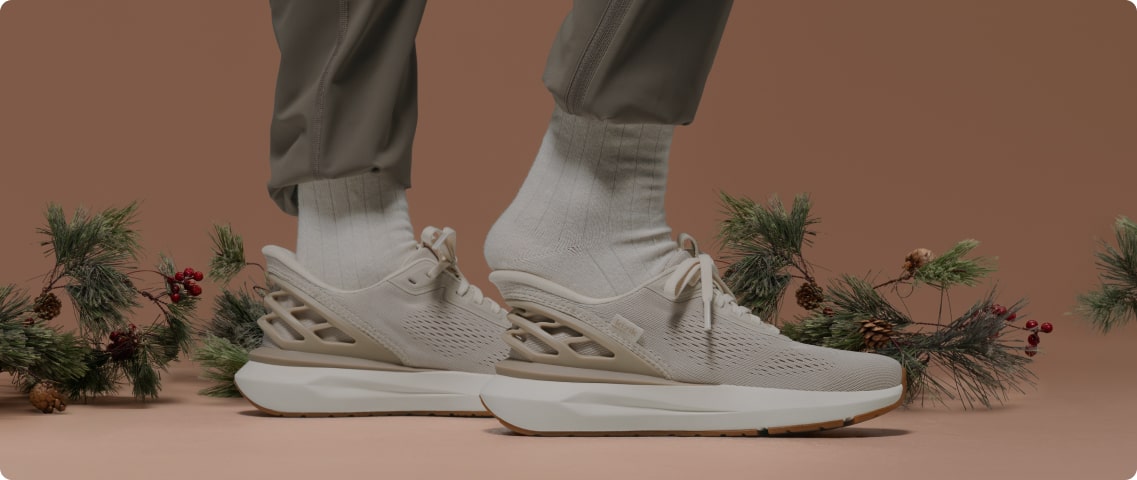
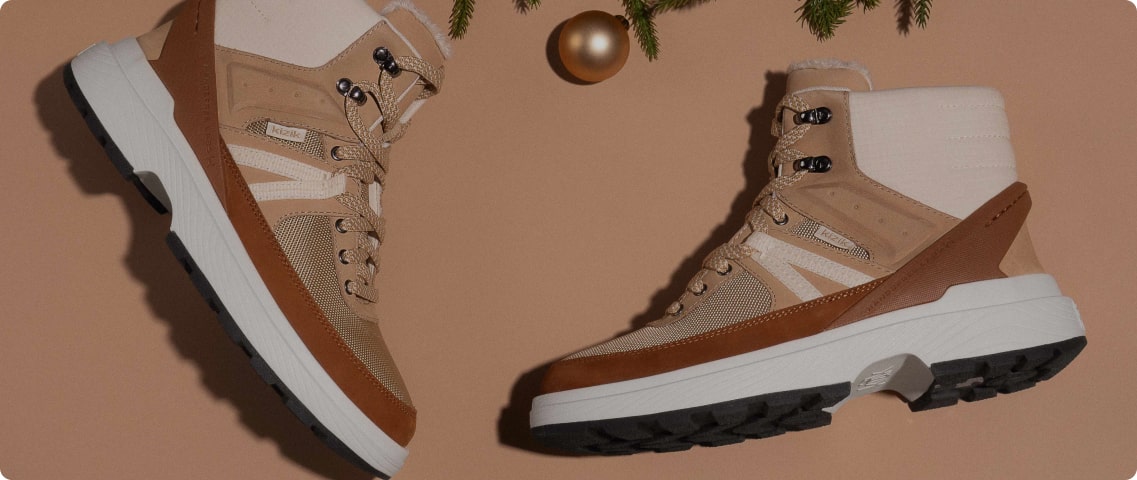
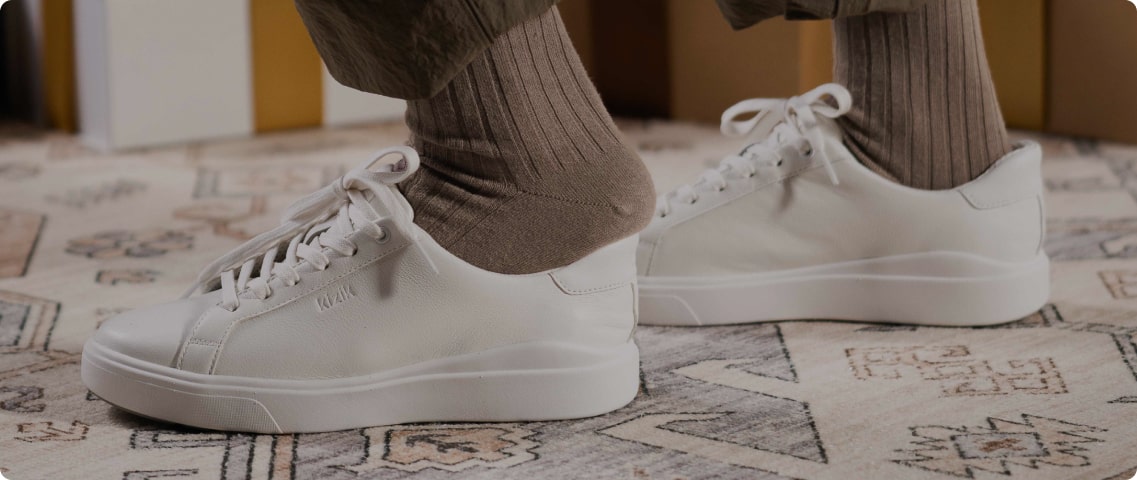
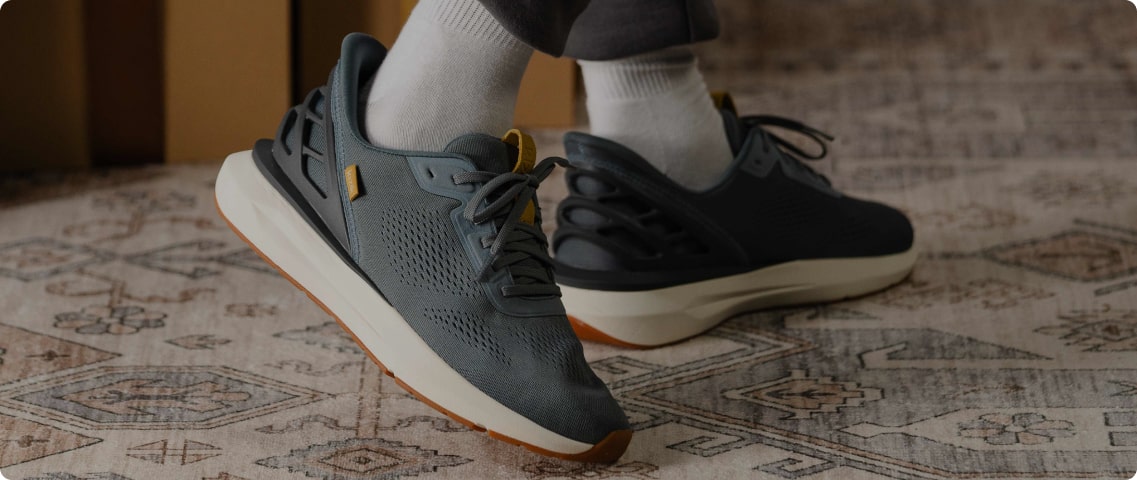
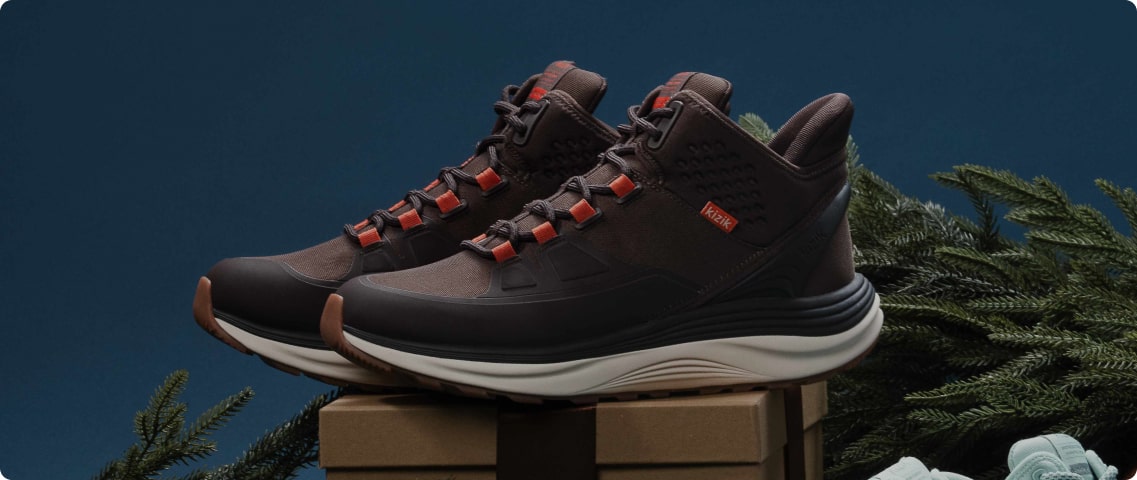
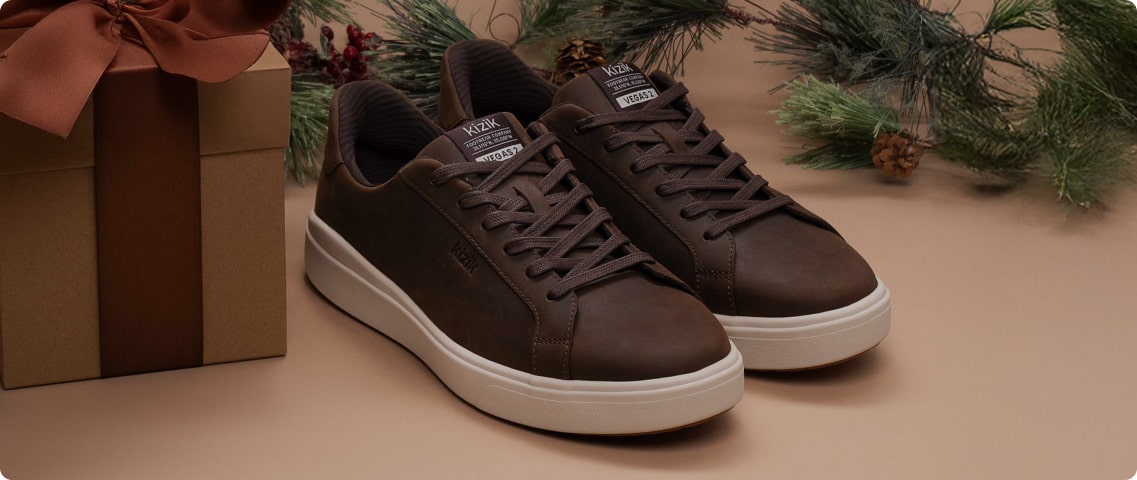
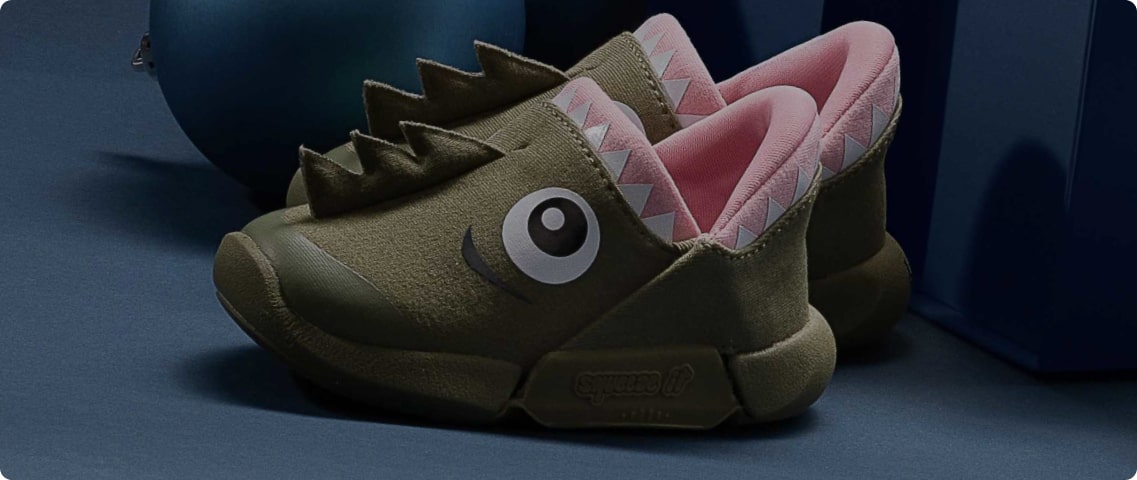
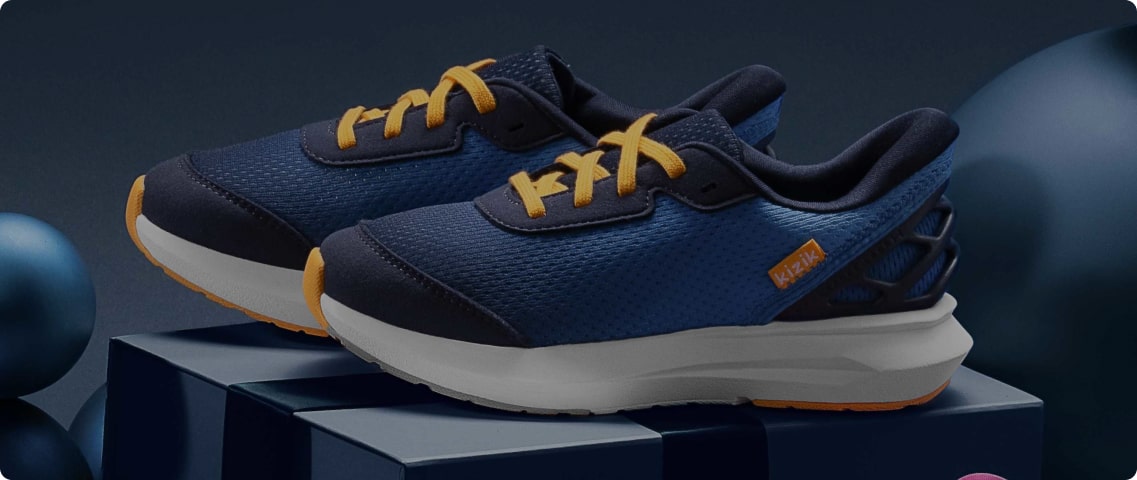
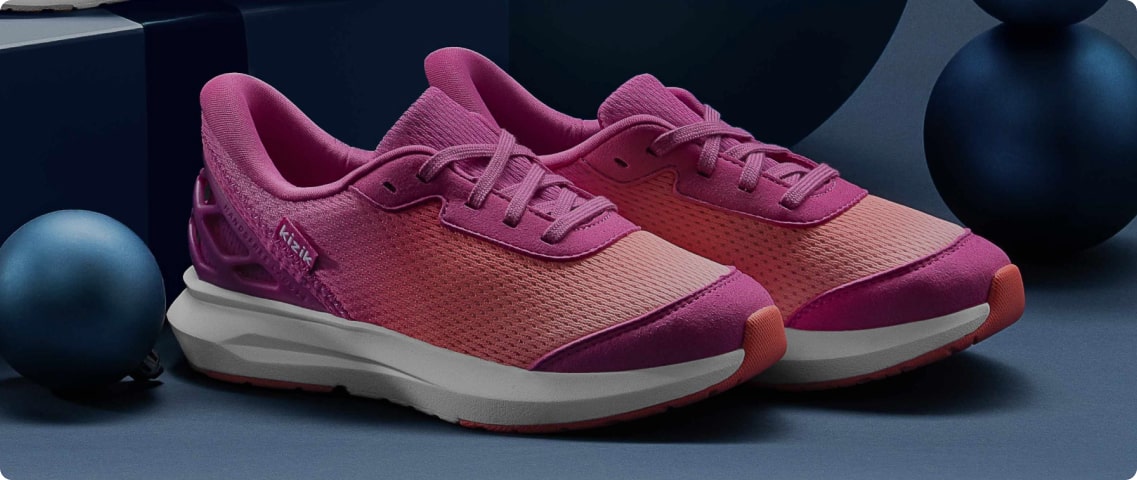




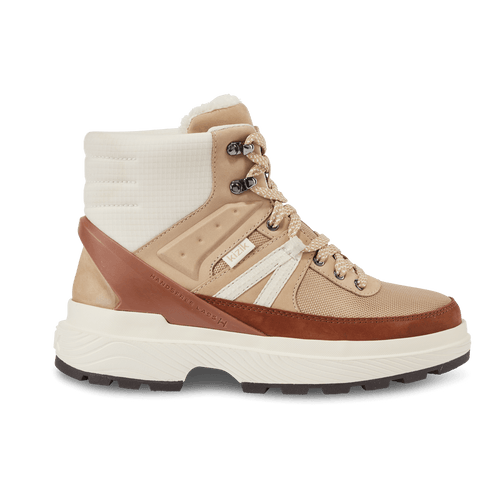
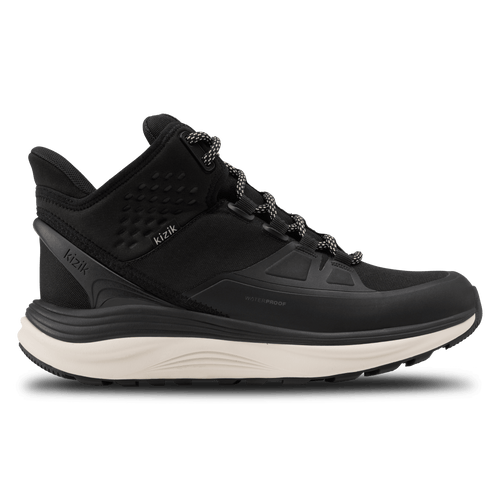





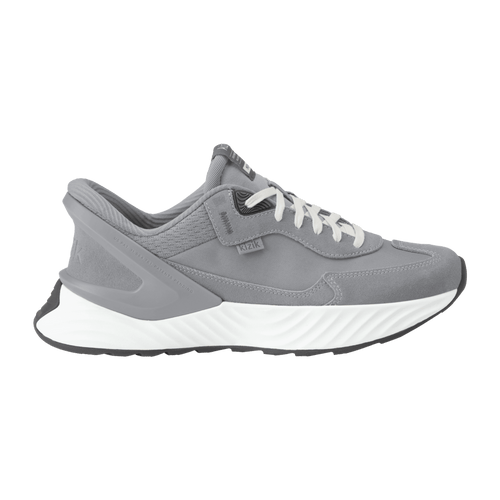


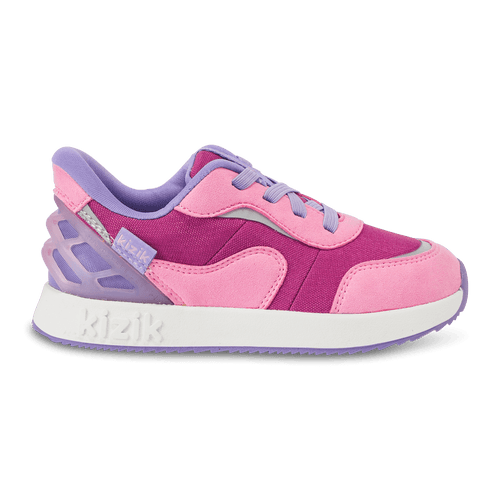




Leave a comment
This site is protected by hCaptcha and the hCaptcha Privacy Policy and Terms of Service apply.